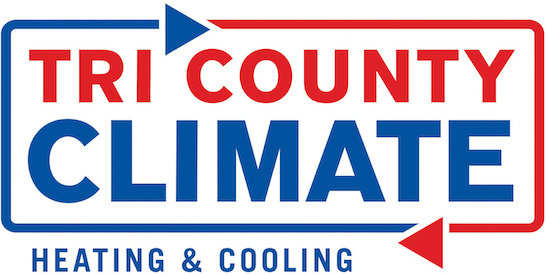
You might not think often about how your air conditioner functions, but it needs refrigerant to keep your residence fresh. This refrigerant is subject to environmental regulation, because of the chemicals it contains.
Subject to when your air conditioner was installed, it may use R-22, R-410A or R-32 refrigerant. We’ll discuss the differences and which air conditioner refrigerants are being phased out in Bend, as well as how these phaseouts have on influence on you.
What’s R-22 and Why Is It Discontinued?
If your air conditioner was added before 2010, it possibly contains Freon®. You can find out if your air conditioner contains it by calling us at 541-238-2797. You can also look at the name plate on your air conditioner condenser, which is found outside your house. This sticker will contain info on what kind of refrigerant your AC uses.
Freon, which is also referred to as R-22, includes chlorine. Scientists consider this chemical to be damaging to the earth’s ozone layer and one that prompts global warming. The Environmental Protection Agency, which controls refrigerants in the United States, outlawed its production and import in January 2020.
Should I Replace My R-22 Air Conditioner?
It varies. If your air conditioning is cooling fine, you can continue to use it. With yearly air conditioner maintenance, you can expect your air conditioning to work around 15–20 years. However, the Department of Energy says that replacing a 10-year-old air conditioner could save you 20–40% on summertime cooling costs!
If you don’t get a new air conditioner, it might create a problem if you need air conditioning repair in the future, specifically for refrigerant. Repairs can be higher-priced, since only small amounts of recycled and reclaimed R-22 is available.
With the discontinuation of R-22, a lot of new air conditioners now have Puron®. Also referred to as R-410A, this refrigerant was made to keep the ozone layer in good shape. Because it needs a different pressure level, it doesn’t match air conditioners that use R-22 for cooling.
However, Puron still has the potential to contribute to global warming. Because of that, it may also eventually be discontinued. Although it hasn’t been disclosed yet for residential air conditioners, it’s anticipated sometime this decade.
What Refrigerant Will Take the Place of R-410A?
In preparation of the discontinuation, some brands have begun using R-32 in new air conditioners. This refrigerant is classified low for global warming likelihood—approximately one-third less than R-410A. And it also lowers energy consumption by about 10%, according to the Intergovernmental Panel on Climate Change’s Fourth Assessment Report. That’s savings that could be forwarded on to you through your utility costs.
Tri County Climate Control LLC Can Provide Support with All Your Air Conditioning Needs
In summary, the modifications to air conditioner refrigerant probably won’t concern you greatly until you need repairs. But as we talked about earlier, refrigerant-related repairs might be pricier due to the low levels on hand.
Not to mention, your air conditioner typically stops working at the worst time, frequently on the hottest day when we’re experiencing a lot of other appointments for AC repair.
If your air conditioner relies on an outdated refrigerant or is aging, we recommend getting a modern, energy-efficient air conditioner. This delivers a stress-free summer and can even lower your utility costs, especially if you choose an ENERGY STAR®-rated model. Plus, Tri County Climate Control LLC has many financing solutions to make your new air conditioner even more affordable. Contact us at 541-238-2797 to start now with a free estimate.

